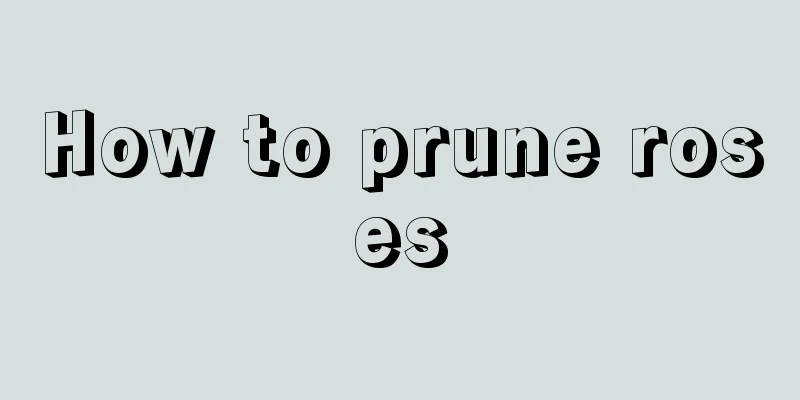Diseases and prevention methods of Eustoma

Diseases of Eustoma: Stem blightsymptomStem blight is mainly caused by fungal infection, which will harm the stems of lisianthus. High temperature and high humidity environments are prone to stem blight. After becoming ill, the cortical tissue of the lisianthus stem rots, small gray-white spots appear, and then spread up and down the lisianthus stem to the entire plant. In the later stage, the disease becomes serious, the diseased part becomes dark brown and dry rotten, forming oval brown spots and black mold, causing the leaves to dry up or the whole plant to die. Prevention and treatment methodsDuring normal breeding, pay attention to improving ventilation and reducing planting density. Apply fertilizer reasonably, control the amount of nitrogen fertilizer, and add phosphorus and potassium fertilizers appropriately to improve the plant's disease resistance. If the plant is already diseased, spray 1% Bordeaux mixture at the early stage of the disease. In severe cases, use 500 times diluted 50% thiophanate-methyl wettable powder and 500-800 times diluted 50% paracetamol wettable powder alternately, spraying once every 3-5 days. Diseases of Eustoma: Root RotsymptomRoot rot is also a fungal disease. The pathogen overwinters in the soil and on diseased remains. It usually occurs in late March to early April, with the peak season in May. In the early stage of the disease, the plant does not show symptoms, and black necrotic spots form on the rhizomes. However, as the root rot worsens, the ability to absorb water and nutrients decreases, and the new leaves gradually turn yellow. In the later stage, the leaves of the entire plant turn yellow and wither, leading to the death of the entire plant. Prevention and treatment methodsBefore sowing, disinfect the seeds by mixing them with 0.3% of the weight of the seeds' thiophanate-methyl or 0.1% of the weight of the seeds' oxycarboxin, or soaking them in 2000 times diluted 80% 402 antibacterial agent emulsion for 5 hours. The base of the cuttings can also be soaked in the same concentration of solution for 1 hour before cutting. Generally, apply well-rotted fertilizer, control the time and amount of watering, and avoid water accumulation. In the early stage of the disease, 600 times diluted 50% carbendazim wettable powder can be used and sprayed once every 10 days or so for 2-3 times in a row. |
<<: Diseases and pests of Osmanthus fragrans and their control methods
>>: Common diseases of purple jasmine and their prevention and treatment methods
Recommend
How many days does it take for the germination of the auricularia auricula? Seed germination temperature and germination method
How long does it take for wood ear vegetable to g...
What to do if the violet leaves are rotten
1. Place in a ventilated place (1) Specific reaso...
Is Geely Red easy to raise?
The plant of Geely Red is relatively easy to grow...
Does Snow Purple Bougainvillea bloom frequently?
The flowers of Snow Purple Bougainvillea are purp...
Is bitter melon a shade-loving or sun-loving plant?
Does bitter melon prefer shade or sun? Bitter mel...
You can also grow your green ivy to look like a noble lady, and one pot of it will beautify your home!
Pothos When you go to the flower market, you can ...
Greenhouse watermelon 8424 planting technology, what is the average yield of watermelon per mu
1. Watermelon 8424 Watermelon 8424 refers to Zaoj...
How long can the seeds of the red spider lily be kept and when is the sowing period
1. How long can the seeds of the red spider lily ...
Kidney bean planting time and method cultivation technology
Kidney bean planting time Kidney beans can be cul...
Causes and treatments for yellowing lemongrass leaves
1. Waterlogging of the soil 1. Reason: Watering t...
How to grow mountain peach grass
1. Breeding environment 1. Soil: It is best to us...
Clivia flower language and symbolic meaning
1. Its flower language In addition to the flower ...
How to prune Guanyin bamboo
Hydroponic Pruning There are two ways to grow Gua...
How to grow primrose
Breeding time Primroses are mostly grown by sowin...
How to water glass jade? Pay attention to these four points!
Glass Jade Watering Method The soil of the glass ...









